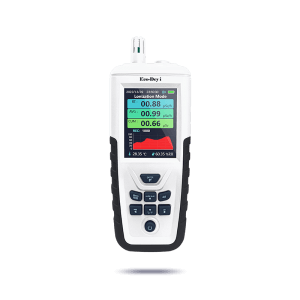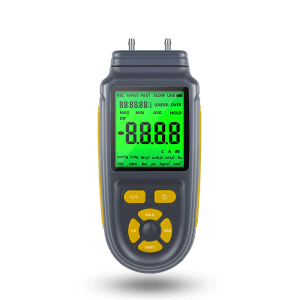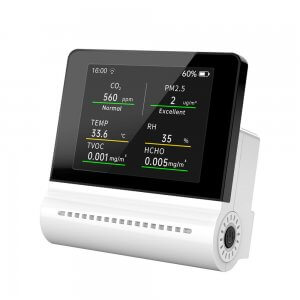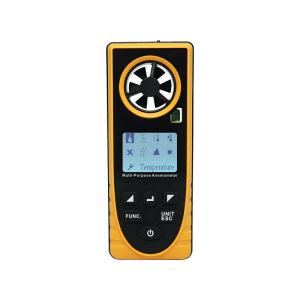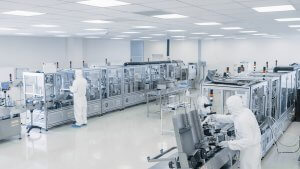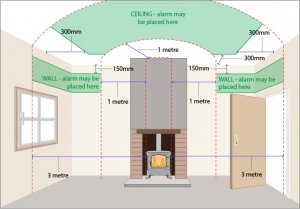Legislation, technology and the move away from highly polluting fossil fuels in many countries have helped to improve air quality in Europe over the past decades. However, many people continue to suffer from air pollution, especially in cities. Given its complexity, the fight against air pollution requires coordinated action at several levels. In order to engage citizens, it is essential to provide them with timely information in an accessible way. Improving air quality would not only benefit our health, but could also contribute to the fight against climate change.
Air quality in Europe has improved considerably since the European Union and its Member States introduced air quality policies and measures in the 1970s. Emissions of air pollutants from major sources including transport, industry and power generation are now regulated and are generally declining, but not always to the extent expected. High concentrations of air pollution continue to have a major impact on the health of Europeans, particulate matter and nitrogen dioxide being the most harmful pollutants.
The European Environment Agency’s latest annual air quality report shows that most people living in European cities continue to be exposed to pollution deemed harmful. According to this report, an estimated 428,000 premature deaths were caused by fine particle concentrations in 41 European countries in 2014 , including some 399,000 in the EU-28.
Poor air quality also has a strong impact on the economy, as it increases medical costs, decreases worker productivity and adversely affects soils, crops, forests, lakes and rivers. Although air pollution is often associated with episodes of pollution peaks, long-term exposure to low doses poses an even greater threat to human health and to nature.

Reducing air pollution helps fight climate change
Carbon dioxide is the main driver of global warming and climate change, but it is not the only one. Many other gaseous or particulate compounds, affect the amount of solar energy (including heat) that the earth retains.
Methane, for example, is a very potent climate driver as well as air pollutant from agricultural activities, closely linked to livestock farming and meat consumption. Particulate matter is another pollutant and has an impact on climate change and air quality. Depending on their composition, they can have a warming or cooling effect on the local and global climate. For example, black carbon, one of the constituents of fine particulates that comes from the incomplete combustion of fuels, absorbs solar energy and infrared radiation in the atmosphere and therefore exerts a warming effect.
Measures to reduce emissions of short-lived climate forcers, such as black carbon, methane, ozone or ozone precursors, benefit human health and the climate.
However, certain measures promoted in the past, notably in favor of the fight against climate change, have had unintended negative effects on air quality. For example, many countries promoted diesel-powered vehicles, but these were found to emit high levels of air pollutants. Similarly, the promotion of renewable wood burning in some parts of Europe has unfortunately led to high levels of particulates in the air locally. We must learn from these examples and ensure that the consequences of the measures we choose to implement are well understood and well taken into account.
The links between climate change and air quality are not limited to common pollutants released into the atmosphere. Climate change can also make air pollution problems worse. In many parts of the world, climate change is expected to affect local weather patterns, including the frequency of heat waves and bouts of stagnant air. More sunlight and warmer temperatures could not only prolong periods of elevated ozone levels, but also exacerbate ozone concentrations.
Related: More about versatile air quality detectors
Take consistent action from the local to the global scale
Air pollution is not the same everywhere. Different pollutants are released into the atmosphere from a wide range of sources. Road transport, agriculture, power stations, industry and households are the main emitters of air pollutants in Europe. Once released in the atmosphere, these pollutants can transform into new pollutants and spread.
Given the diversity of sources, both in terms of geographic distribution and economic activity, measures must be taken at different levels, from the local to the international scale. International conventions aim to reduce the amount of pollutants released into the atmosphere, but without local measures — information campaigns, bans on the circulation of highly polluting vehicles in cities — we would not be able to take full advantage of our efforts. This diversity also means that there is no one-size-fits-all solution to air pollution. To further reduce exposure and subsequent damage, authorities should adapt their measures to local factors.
Essential information to limit exposure
The European Environment Agency works with its member countries to collect comparable information on air quality over time. Based on the data collected, we measure progress, analyze trends and look for links between sources such as road transport and recorded air quality measurements.
Where appropriate, measurements made by monitoring stations may be supplemented by satellite observations. As part of its Earth observation programme, Copernicus, the Union launched a new satellite to monitor air pollution, which has already started to provide images. This information is then regularly shared with the public and policy makers. It is important to note that the Agency only deals with outdoor air quality, not the quality of the air we breathe at home or at work, which also has a direct impact on our health.
As part of our efforts to provide the most up-to-date information, we have developed together with the European Commission a new online service: the European Air Quality Index . Presented at the Air Quality Forum, the European Air Quality Index provides information on the current air quality based on measurements from more than 2,000 monitoring stations spread across Europe. The index allows citizens to use an interactive map to check the air quality at the station level, based on five main air pollutants that affect health and the environment: particulate matter (PM 2 .5 and PM 10), ground-level ozone, nitrogen dioxide and sulfur dioxide. This tool allows us to share this information with all Europeans interested in the fight against air pollution. We can all check the air quality where we are and take precautionary measures to reduce our exposure to pollution.
Information is unquestionably essential for combating air pollution and reducing its harmful effects. However, to improve air quality and achieve the Union’s longer-term objectives, we need to take into account emissions from all sectors and economic systems such as mobility, energy or food, and understand the production and consumption patterns that generate these emissions.
PM2.5 and PM10 Air Particle Counter you never miss!


